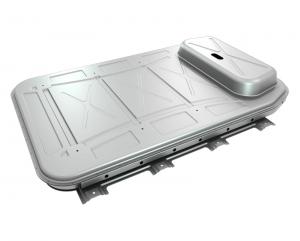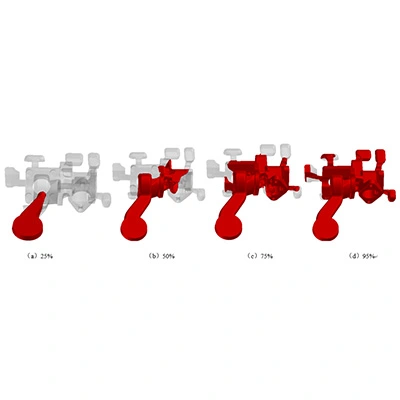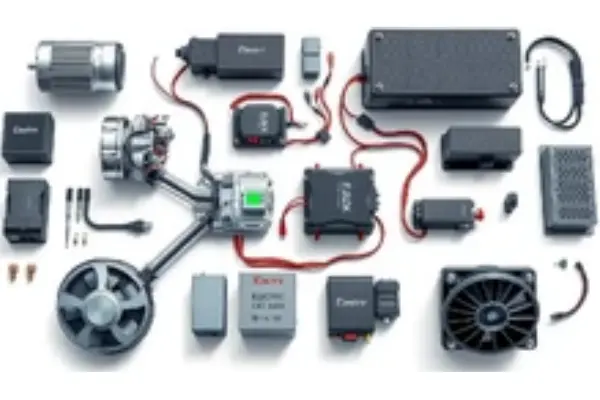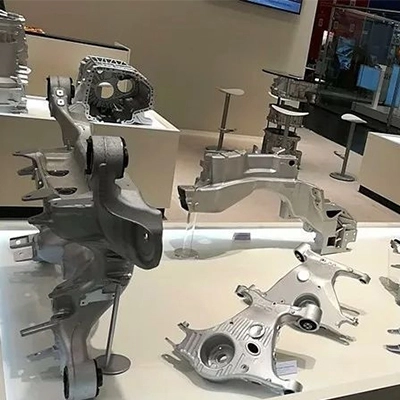

The conventional heat treatment in the manufacturing process of the die casting mold is spheroids annealing, stabilization, quenching, and tempering. Through these heat treatment processes, the organization structure change, so that the die casting mold can obtain the required organization and performance.
Heat treatment technology widely uses in the manufacture of die-casting molds. It can improve the use performance of mold parts and extend the service life of the mold. In addition, heat treatment can also improve the processing technical performance of die-casting molds: improve processing quality and reduce tool wear. Therefore, it occupies an important position in mold manufacturing.
(1) Pre-processing
After forging, the blank of die-cast tooling must be processed by spheroids annealing or quenched and tempered heat treatment. First, stress is eliminated to reduce the hardness, which is convenient for cutting and processing. And at the same time, it is organized for the final heat treatment. After annealing, a uniform structure and dispersed carbide can be obtained to improve the strength and toughness of the mold. Since the effect of quenching and tempering is better than that of spheroids annealing, molds with high toughness requirements often adopt quenching and tempering instead of spheroids annealing.
(2) Stabilization
For die-cast tooling, the cavity is more complicated, and large internal stresses will be generated during rough machining, and deformation will occur during quenching. To eliminate stress, stress relief annealing, that is, stabilization should generally be carried out after rough machining.
The process is as follows: With the heating temperature of 650℃ to 680℃, after heat preservation for 2 to 4h, die casting molds should receive the process of air cooling. Especially die casting molds with more complex shapes need to be furnace-cooled to below 400°C and then air-cooled. After the mold is quenched and tempered, electrical discharge machining performs, and the processed surface will produce a metamorphic layer, which is easy to cause wire cutting cracks. Stress relief annealing with a low temperature should also perform.
(3) Quenching and preheating
Die casting molds must be quenched and heated slowly, and preheating measures are often taken. For molds with low requirements for anti-deformation, the number of preheating can be less if there is no cracking, but molds with high anti-deformation requirements must preheat multiple times. Preheating at a lower temperature (400℃ to 650℃) is generally carried out in an air furnace; Preheating at a higher temperature should be carried out in a salt bath furnace.
(4) Quenching heating
High quenching heating temperature is beneficial to improve thermal stability and resistance to softening and reduce thermal fatigue tendency, but it will cause grain growth and the formation of carbides at grain boundaries, which will reduce toughness and plasticity and cause serious cracking. Therefore, when die-casting molds require higher toughness, low-temperature quenching is usually used, and when die-casting molds with higher high-temperature strength require, higher temperature quenching used.
(5) Quenching and cooling
For die casting molds with simple shapes and low requirements for anti-deformation, oil cooling used. For die casting molds with complex shapes and high requirements for anti-deformation, step quenching used. To prevent deformation and crack, no matter which cooling method is used, it isn't allowed to cool it to room temperature. Generally, it should be cooled to 150℃ to 180℃ and tempered immediately after soaking for a certain period.
(6) Tempering
The die casting mold must temper, usually three times. The temperature of the first tempering should be within the temperature range of the second quenching, the second tempering temperature should select to make the die-casting mold reach the required hardness, the temperature of the third tempering should be 10℃ lower than the second 20°C. After tempering, use oil cooling or air cooling, and the tempering time shall not be less than 2h.


